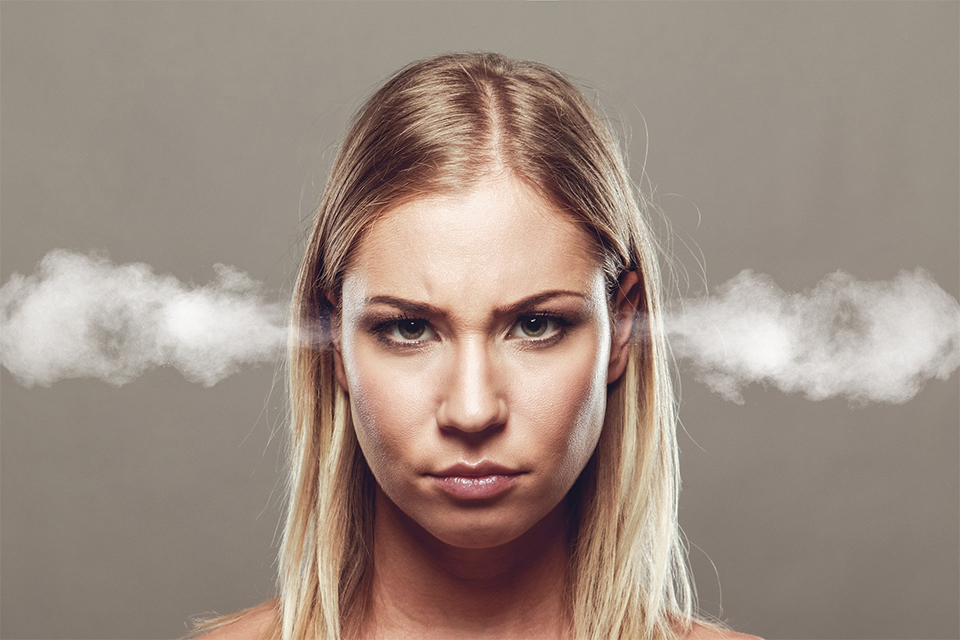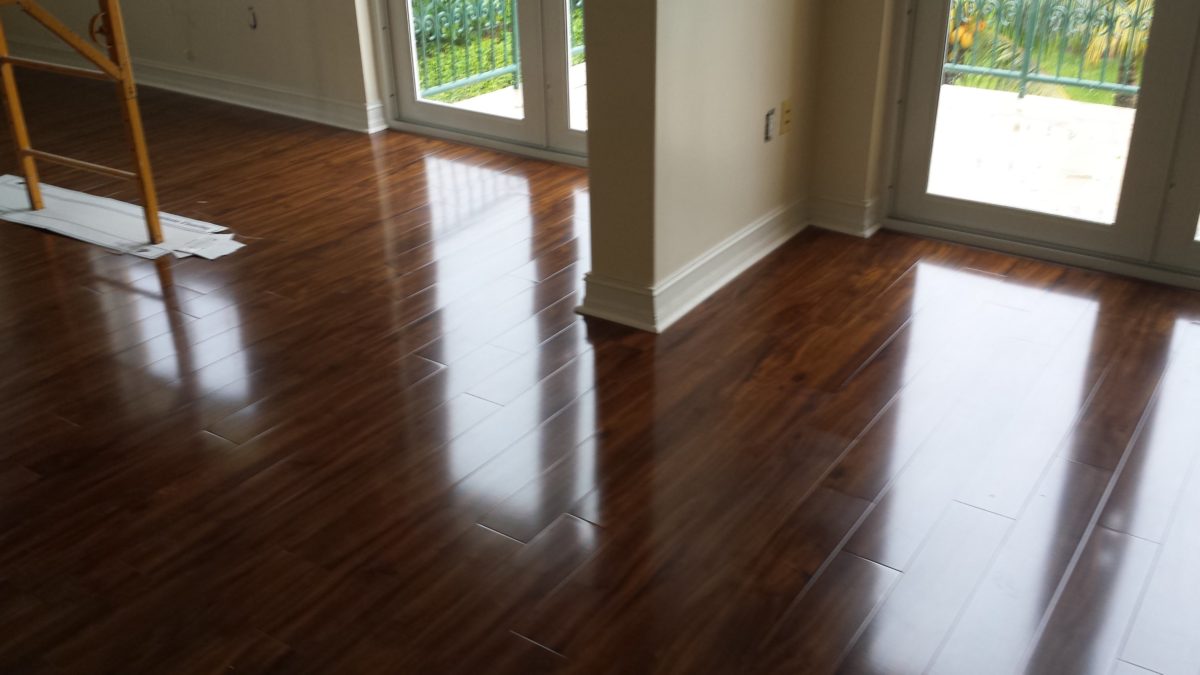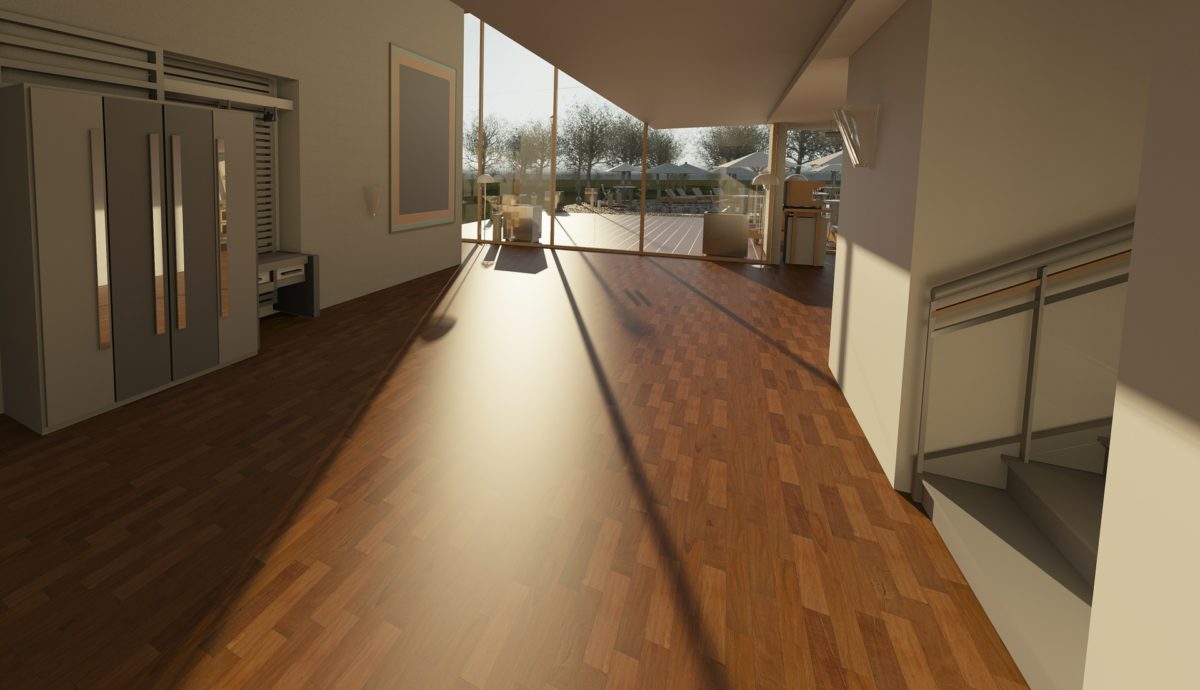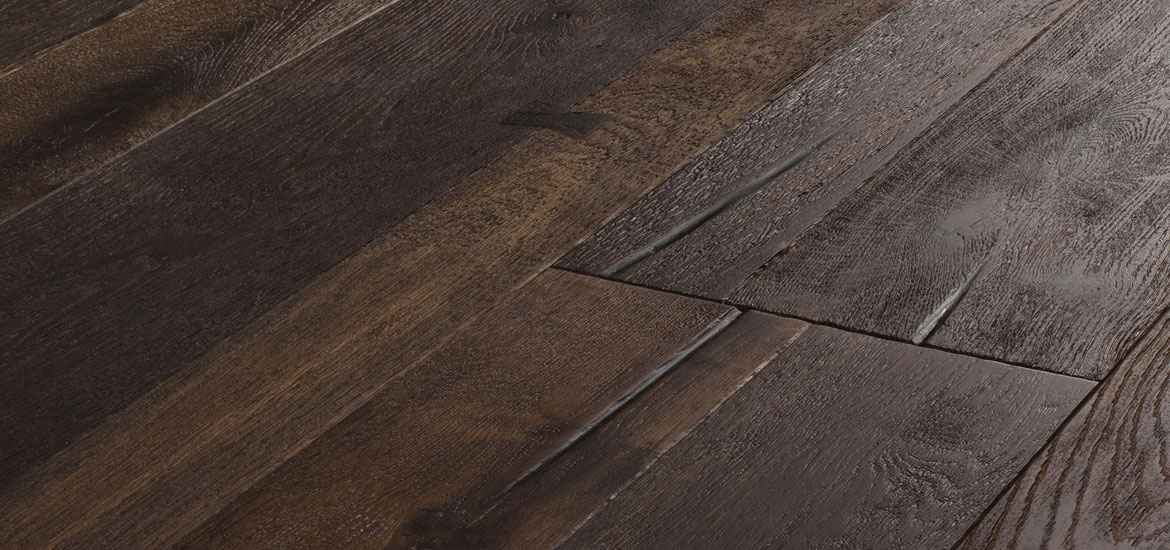Your squeaky floors might help you catch your kids sneaking out after dark or your partner creeping downstairs for a midnight snack, but otherwise, they’re a bit of a pain. Folks might try and tell you that it’s your house just “settling” but this is no comfort when you’re woken in the middle of the night and are absolutely certain there’s a monster in the hallway doing a jig on the squeaky step.
Typically, a squeaky floor is caused by your flooring wood trying out and shrinking. As you walk over the floor, the boards rub against each other or slide over nail shafts to make a racket of squeaks and creaks that you’ll swear are mice beneath the floor boards. Loose sub flooring can also produced high pitched chirps. If you’ve got a traditional hardwood floor, then you’re in luck – as it’s most likely to develop squeaks, but all types of flooring can make a variety of strange noises. But fear not, it’s easy to get rid of the racket with a few tips and tricks, working below the floor and above it. Read on to find out what you should be doing when your floors are creaking.
Laminate Floor Creaking Causes
Uneven Subfloor
If your laminate floors are creaking, the most obvious culprit is an uneven subfloor. If your flooring is a relatively recent installation, consider whether the previous flooring in the room had a little squeak as well. If you’ve changed your floor and still have a squeak, whether in the same places or not, your subfloor could be the culprit. If the squeak is new to a new floor, then it’s likely a dodgy installation.
Solution
If your subfloor is the culprit, you’ll have to lift your floor and rectify the issue. A good flooring professional will be able to assses your subfloor and even it out, if this is an issue. A high quality laminate should be able to be lifted and then refitted relatively intact, but if your laminate quality is inferior, the locking mechanisms will probably crumble apart when you lift it. You could refit it and attach the boards with glue, but a glued laminate flooring won’t be lifted in one piece again, so be wary.
Dodgy Installation
All flooring swells, whether you like it or not, it’s a fact of life. Laminate flooring will swell a little less than it’s engineered or solid wood cousins, but the issue is still there. Most manufacturers recommend that you leave a 10mm expansion gap, and a laminate floor should be left to acclimatise in the room its going to be laid in for at least 48 hours before installation begins.
If your fitter (or yourself, if you’re doing the hard graft) doesn’t leave room for the floor to expand, it’ll swell over time, and the boards will rub against each other, and your walls, beading, or door frames. This will cause the floor to shift when you apply pressure to it, making that tell tale creak or squeak noise appear. Excessive moisture or a particularly humid room can cause this problem even when expansion space is left. Laminate flooring is designed and coated to be water resistant, but excessive moisture from humidity, spillages, or leaks will cause issues. After all, it’s ply on the inside, and wood swells when it gets wet.
Solution
Make room for expansion! If you lift your floor for a peek and see that it’s tight against the walls – which might make it difficult to lift, too – then you’ll need to make some room. A sharp chisel and hammer or a multi tool can be used to sand and chip away some of the boards to leave some breathing room. We highly recommend you get a professional to do this for you, and have some spare boards on hand just incase something goes awry, after all, that’s what wastage is for.
Excessive Moisture
An overly humid room, or a laminate floor exposed to leaks or a great deal of water can swell, creak, and buckle. The solution is the same as above. If your floors are creaking, make room for expansion.
Solid Wood Creaking Causes
Uneven Subfloor
In a solid wood floor, creaking is often the result of vertical movement. The more you creak, the more it’s moving. An uneven subfloor can again be the culprit. It could also be caused by a dodgy underlay installation. An uneven underlay, or the wrong kind of underlay used underneath a solid wood floor can cause a squeak when you step.
Solid wood floors are creaking
Solution
Fix that subfloor, or fix that underlay. Get a professional out to have a look at what’s going on underneath your floor and see what’s causing the problem. Laying an underlay on an uneven subfloor will only compound your problem, and putting a floor on top of that will just make things worse. It’ll be harder to lift a solid wood floor without doing damage to it, especially if it’s nailed or glued down, so if you’re thinking of going for solid wood, take exta care to make sure your subfloor and underlay are perfect. You’ll save yourself a lot of creaks, and a mountain of headaches.
Excessive Moisture
Once more, expansion is the issue. Solid wood will readily absorb water and excess moisture, because naturally, it’s real wood. lacquering the floor will provide some degree of water protection but this won’t last for ever. Even with your floor protected against spills and leaks, it’s likely that the boards will swell and shrink throughout changes in humidity. Solid wood needs 7 to 10 days to acclimitise, so it should be left in the room it will be laid in for this amount of time. Try to have the room around the average temperate it will be, day to day.
For example, if you’re laying the floor in your living room, you may not be using the room when it’s cleared out and you’re waiting to install the floor. Try to keep the heat on in the room, or if it’s excessively warm, keep the windows open. You want the wood to swell or shrink to around the size it’ll be in your room, day to day when it’s been laid. A good fitter will leave expansion gaps but taking special care with acclimitisation before hand will reduce your reliance on these.
wet floors are creaking
Solution
Let it acclimitise. As mentioned above. When ordering your floor, don’t book your fitter for delivery day. First off, you’ll need to let the appropriate time for your floor to acclimatise to your room, and secondly, your flooring might not even arrive. A thousand things can go wrong in the delivery process, and we always advise customers not to book for delivery day. The fitter will charge you for their time whether there’s a floor there or not, and the delivery van could break down, the floor could be damaged in transit, you could miss your delivery, the floor could get misrouted… you could lock yourself out of your house…
There is so much that you can’t account for, so why risk wasting money on a fitter and a missed delivery, and then lay a floor prematurely and end up with buckled, creaking floorboards? Be patient. You’ve waited this long for your perfect, luxurious solid wood floor. Wait a week longer.
You’ll also need to leave an expansion gap on the floor. Even with acclimisation, your floor can and will shrink and swell as the weather changes, and even day to day, from the cold nights to warm mornings. Without room to expand, you’ll get creaks and squeaks.
Engineered Wood Flooring Creaking Causes
Uneven Subfloor
In engineered wood flooring, the issues you’re likely to face are the same as solid or laminate floors, so the solutions are effectively the same too. For an uneven subfloor, you’ll need to lift the floor and have it leveled out. Engineered flooring can be easier to lift as it’s generally a click system, so it’s not the end of the world to hoist it up and have a fitter fix everything.
Excessive Moisture
Expansion gaps. Expansion gaps. If you don’t have a gap, you’ll have problems. An engineered floor is partially real wood and takes a little longer than a laminate to acclimatise (but less time than a solid wood floor). About 5 days should do the trick. If you don’t have expansion gaps, you can lift the floor and trim it down.
Fixing Squeaks Without Pulling The Floor Up
There are a few nifty gadgets for rescuing you when your solid wood floors are squeaking, and these will work on most other floors too, including laminates, vinyls, engineered wood floors, and carpets, too. A Squeak No More Kit Can be a lifesaver when used correctly.
squeak no more floors are creaking
These kits allow you to make changes to the underneath of your floor without having to pull it up. The handy screws are very small and can be pushed into your floor, where the removable head then pops off. They hold your flooring fast in place with only the tiniest hole to show for it. This hole can be lacquered, oiled, or sanded over, but generally they’re nearly impossible to spot. On vinyls and laminates, you can glue the gaps together press them closed. On a carpet, the solution is even easier, as you can place the screws under the carpet so you don’t need to pass through it.
Obviously, you’ll need to watch out for any pipes or wires under your floors, but the nails generally don’t go any deeper than your subfloor. If the squeaking is concentrated to one area, a few of these screws can hold things in place and solve your issues. If the squeaking is widespread, you’ll have to look at one of our earlier solutions, as this is indicative of a much larger problem that may require you to yank up your floor.
Vinyl and Carpet Creaking Causes
Vinyl and Carpet don’t need to be acclimatised and don’t need expansion gaps. They’re also not likely to squeak, so if this is a problem, it’s likely your floorboards if you’re above the ground floor, and otherwise, it could be to do with your subfloor or your underlay. If they’re uneven, they could cause the floor to sink in spots too. Again, the solution is to pull it up and address these underlying issues. Or alternatively, the Squeak No More kit should do the business once more.
We hope this article helped you get to the cause of your squeaking problems. If we haven’t completely put you off getting a new floor installed in your home, why not check out our store? We’ve got a range of gorgeous laminates, engineered wood and solid wood flooring, as well as a range of vinyls, carpets, and artificial grass. Have a look!
To be very clear, we always recommend the advice of a professional and qualified fitter before starting any installation. This article is for reference only. If using any advice given here, you proceed at your own risk and we take no responsibility or liability from your use of this guide if things go wrong. In reality for the truly for the best results always follow the manufacturer guidelines, use common sense and read up about all aspects of fitting before attempting it yourself:
As a step in the right direction, we recommend visiting MyBuilder.com where you can rate fitters, see ratings and request free job measurements and inspections on site etc:
There are far too many ‘handy men’ out there who think they are floor fitters but are most certainly not. If in doubt, use someone who is recommended by others, get proof of accreditation, and if possible, photos of previous work performed.
Original Source













